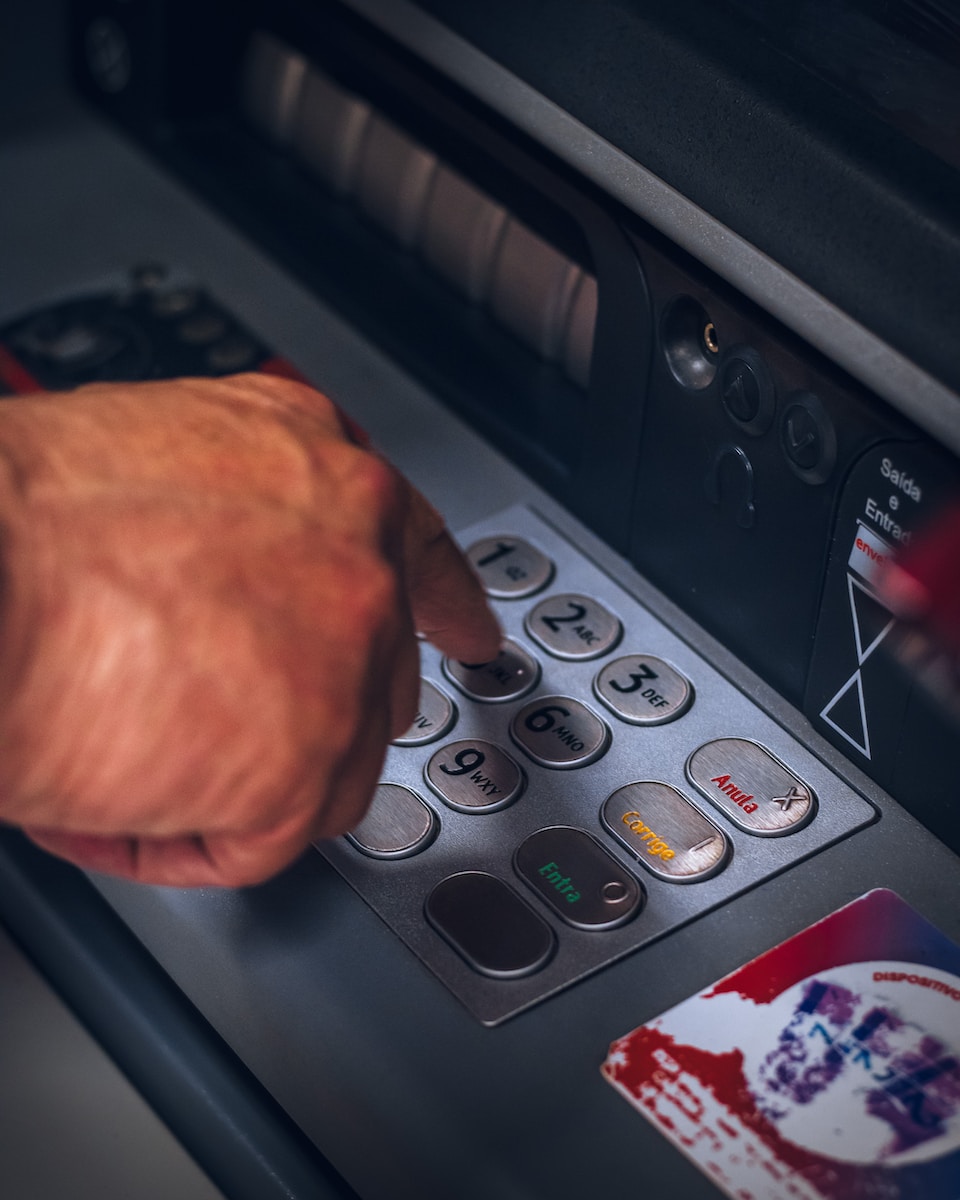Welcome back to the “Ethical Spendings Corner”! Today, we’re diving deep into the dynamic world of microfinance and the critical ethical considerations that guide its course. Whether you’re a finance aficionado or a curious reader looking to unravel the complexities of responsible financial practices, this piece will be your compass in navigating the ever-evolving landscape of microfinance.

The Microfinance Marvel
Microfinance, often hailed as the Robin Hood of modern finance, has taken the financial world by storm. Its fundamental principle of extending financial services to low-income individuals, particularly those without access to typical banking services, has been a beacon of hope for many striving to build their dreams, one small loan at a time. Picture this: a budding entrepreneur in a remote village finally receives a modest loan, empowering her to kick-start her long-awaited bakery business. Microfinance, in its essence, fosters empowerment and drives grassroots economic development.
However, the glittering facade of this financial revolution often conceals a multitude of ethical pitfalls that, if left unaddressed, can tarnish its noble mission. Let’s roll up our sleeves and uncover the ethical complexities lurking beneath the surface.
Transparency: The First Brick in the Ethical Wall
In the realm of microfinance, transparency stands as the bedrock of ethical conduct. Lenders and financial institutions must ensure that the terms and conditions of their financial services are crystal clear, leaving no room for misinterpretation or exploitation. One shining example of transparent microfinance is the Grameen Bank in Bangladesh, pioneered by Muhammad Yunus. Grameen’s commitment to transparent lending practices has set a precedent for ethical conduct in the industry.
Conversely, instances of opaque interest rates and hidden fees have tainted the microfinance landscape, leading to cycles of debt for borrowers already struggling to stay afloat. Remember that time your phone bill mysteriously doubled, and you found yourself deep-diving into the fine print? Imagine that confusion amplified tenfold for those already grappling with financial insecurity.
The Balancing Act: Profits vs. Social Impact
Ah, the eternal tug-of-war between profits and social impact! Microfinance institutions often grapple with the challenge of finding the equilibrium between financial sustainability and their altruistic mission. While profitability is crucial for the sustainability of these institutions, an overemphasis on profits can inadvertently lead to mission drift, where the primary focus shifts from empowering the marginalized to lining the pockets of investors.
Take the case of SKS Microfinance in India, once celebrated for its innovative micro-lending model. Rapid expansion and the pursuit of profit at all costs led to aggressive lending practices, plunging many borrowers into insurmountable debt. It serves as a stark reminder that an insatiable appetite for profits can pave the path to ethical deterioration.
Inclusive Growth: Reaching the Last Mile
Ethical microfinance goes beyond mere financial transactions; it embodies the spirit of inclusive growth. It’s not just about providing loans; it’s about fostering financial literacy, building resilient communities, and empowering the underserved to become architects of their own destiny. The success story of Jipange KuSave in Kenya exemplifies the transformative power of inclusive microfinance. By coupling financial services with education on savings and investment, Jipange KuSave has empowered rural communities to break free from the chains of poverty.
Conversely, instances of exclusion and discrimination within microfinance have cast a dark shadow on its purported mission of inclusivity. Marginalized groups, such as women and ethnic minorities, often face barriers in accessing financial services, perpetuating existing societal inequities. Imagine being denied a loan simply because of your gender or ethnicity, despite having a viable business plan. It’s akin to building a sturdy door but denying the key to those who need it the most.

Technology: A Double-Edged Sword
As technology continues to revolutionize the financial landscape, the role of digital platforms in microfinance cannot be overstated. From mobile banking to peer-to-peer lending platforms, technology has the potential to democratize financial access and streamline operations. The success of M-Pesa in Kenya stands as a shining example of how technology can bridge the gap between the unbanked and financial services.
However, the rapid digitalization of microfinance brings forth its own set of ethical dilemmas. Cybersecurity threats, data privacy concerns, and the risk of excluding technologically challenged individuals underscore the need for a cautious approach to technological integration. After all, a digital divide shouldn’t give birth to a financial chasm.
Looking Ahead: Weaving an Ethical Tapestry
In the complex tapestry of microfinance, ethics serve as the vibrant threads that hold the fabric of financial inclusivity together. Navigating this intricate landscape demands a holistic approach, where transparency, social impact, inclusivity, and prudent technological integration intertwine seamlessly.
As consumers and stakeholders, it’s imperative to remain vigilant and demand ethical standards from microfinance institutions. Educating ourselves about the nuances of responsible lending, supporting initiatives that prioritize inclusivity, and advocating for transparent and fair financial practices are the cornerstones of fostering an ethical microfinance ecosystem.
Remember, in the realm of microfinance, every ethical brick we lay today paves the way for a more just and equitable financial future tomorrow. So let’s roll up our sleeves, pick up our trowels, and build a future where financial empowerment is not a privilege but a right for all.
Until next time, keep those ethical gears turning and your financial conscience buzzing!
Emily Thompson, signing off.

































